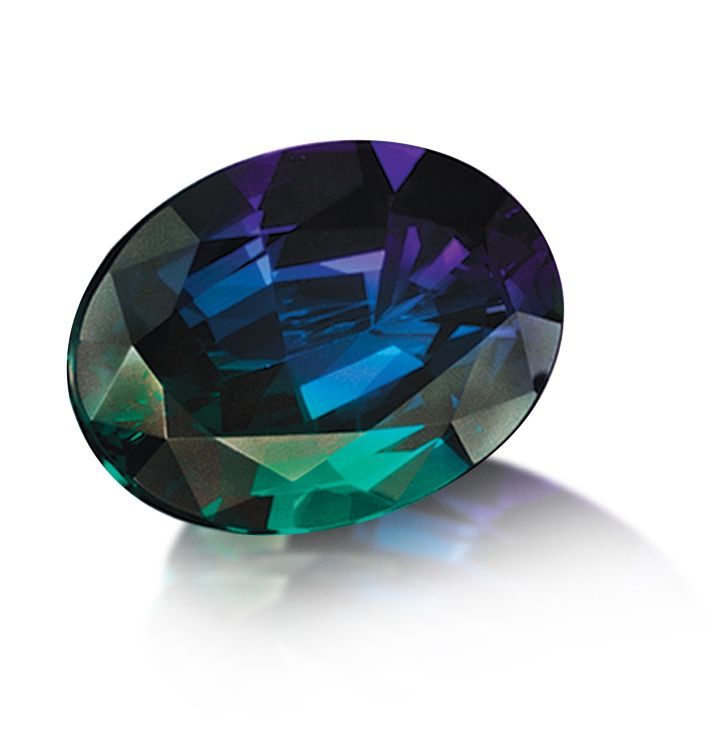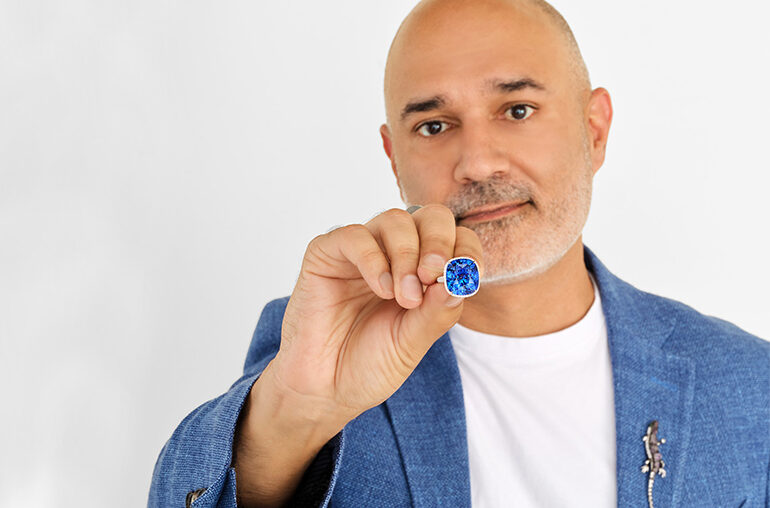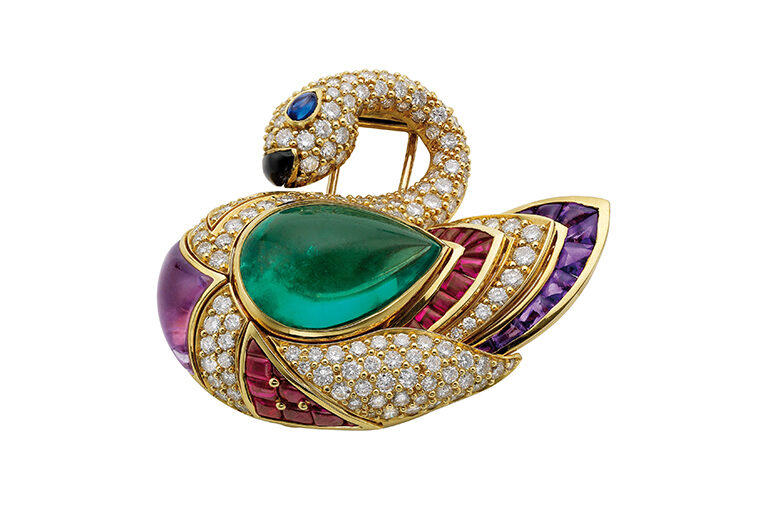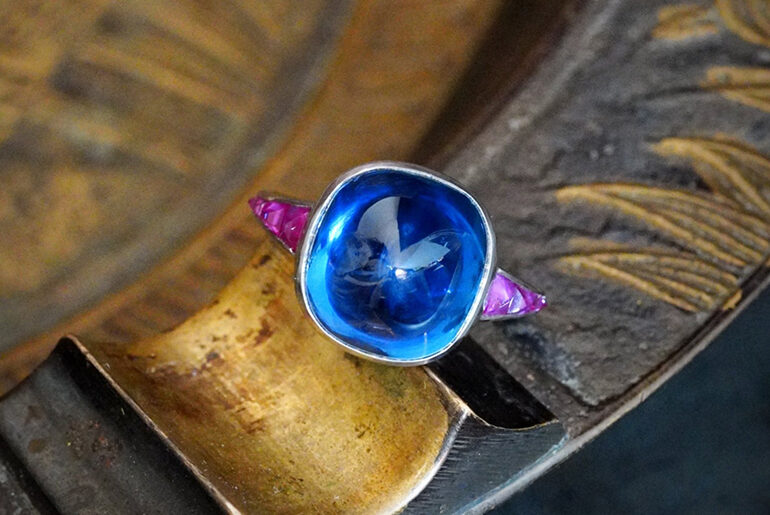In this series, we asked gem lovers if they were to die and could come back as a gem, which one would it be and why?
Niveet Nagpal is a Gemological Institute of America (GIA) Graduate Gemologist (GG) and president of Omi Gems and Omi Privé, founded in 1985. The company specializes in creating fine jewelry with colored gemstones, treating them as nature’s finest works of art that evoke emotions and can be cherished for generations.
“I’ve always been captivated by the allure of alexandrite — its rarity and value, and its mysterious and adaptable nature. It represents a perfect storm of nature, allowing it to change colors. Being an alexandrite would not only be an incredible ‘party trick,’ but it would also spark many fascinating conversations,” he says.

Alexandrite, one of Nagpal’s “favorite gemstones to design with,” shares a place of distinction with pearl and moonstone as one of June’s birthstones.
It is valued for its extraordinary color-changing abilities, appearing bluish-green in daylight or fluorescent light, but changing to a purplish or brownish-red hue when exposed to the incandescent light of a lamp or candle flame. With an impressive Mohs hardness of 8.5, it is favored by jewelers and gem lovers alike, and makes an ideal choice for jewelry that will be worn regularly, such as an engagement ring.
According to legend, this rare form of the mineral chrysoberyl is believed to have been first uncovered in the Ural Mountains of Russia in 1830 on the birthday of Alexander II (1818–1881), then the heir apparent to the throne.
This unusual gemstone continues to mesmerize gemstone aficionados and collectors all over the world, and remains a highly sought-after gem to this day.
Main image: Niveet Nagpal. (Omi Gems)





Comments are closed.